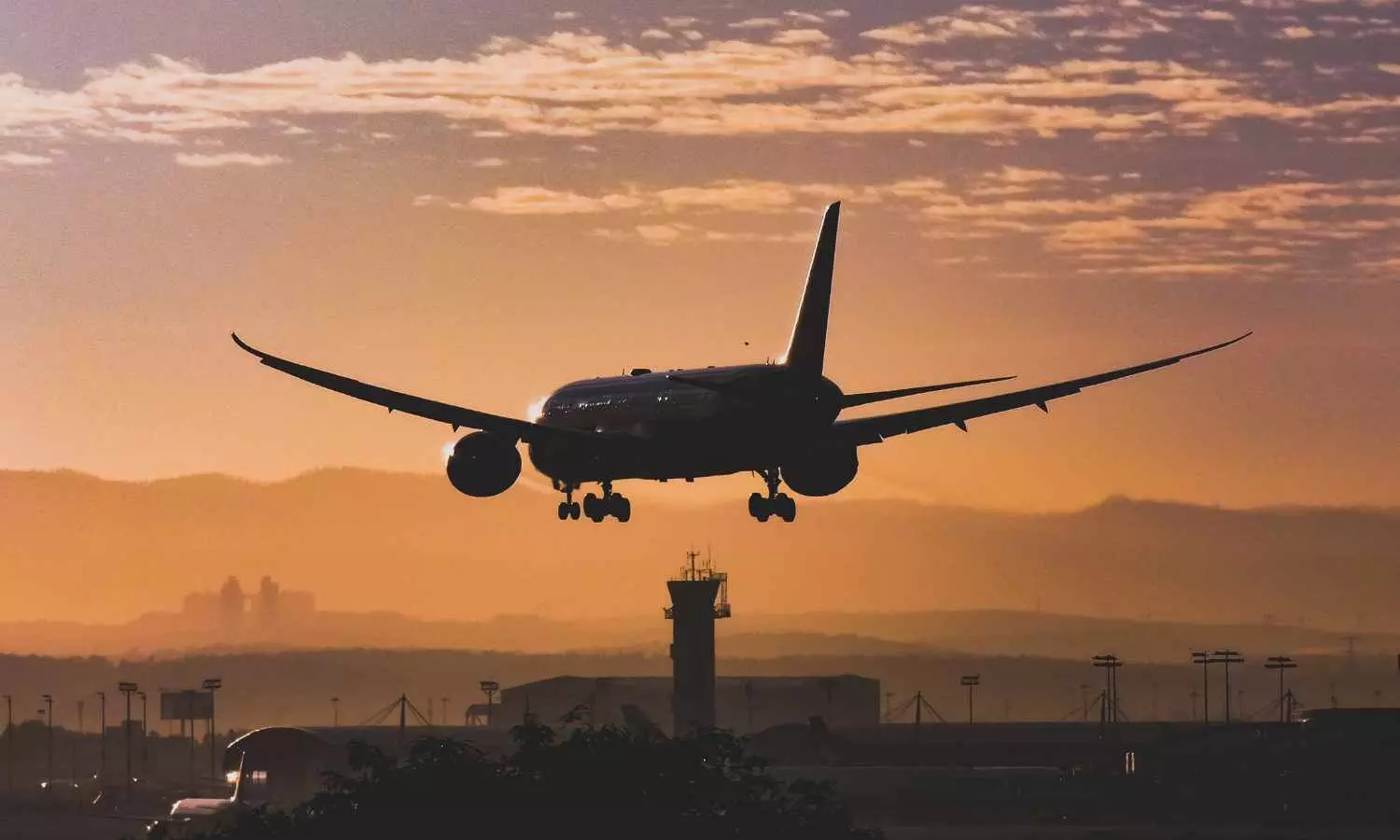How safe is flying?
Explore how aviation safety has evolved with advanced technology, pilot training, and stringent protocols. Discover the safest airlines, aircraft, and the global efforts reducing air travel risks significantly.
How safe is flying?

Making flights safe involves a multi-faceted approach encompassing both technological advancements and human factors. Key elements include rigorous pilot training, advanced safety technologies, and robust maintenance procedures. Passengers also play a crucial role by adhering to safety instructions and being mindful of their surroundings.
Making flights completely "accident proof" is an aspirational goal, but continuous advancements in aviation technology and safety procedures are constantly pushing the boundaries of safety. While zero accidents are impossible due to the complexity of flight and the involvement of human factors, a combination of engineering innovations, rigorous pilot training, and improved air traffic management significantly reduces the likelihood and impact of incidents.
While no airline can guarantee a 100% accident-free record, some airlines have achieved exceptionally long periods without accidents, primarily due to rigorous safety protocols, advanced technology, and a strong safety culture. These airlines prioritize safety in all aspects of their operations, from aircraft maintenance and pilot training to air traffic control and emergency procedures.
In a recent analysis, Airline Ratings identified a list of aircraft that can be considered the safest to fly on, having never suffered any accident with fatalities.
Among them are the Boeing 787 and 777-300ER, and the Airbus A220, A320neo and A380.
The list of the world’s safest airlines is topped by Air New Zealand, Qantas, Virgin Australia, Etihad Airways, Qatar Airways, Emirates, All Nippon Airways, Finnair and Cathay Pacific.
The latest safety report from IATA, the trade association of the world’s airlines, states that in 2022 there were a total of 39 commercial aviation accidents in the world, with 158 on-board fatalities – equalling one accident every 0.83 million flights.
“Accidents are rare in aviation,” Willie Walsh, IATA’s director general, said in a statement accompanying the report.
“There were five fatal accidents among 32.2 million flights in 2022. That tells us that flying is among the safest activities in which a person can engage. But even though the risk of flying is exceptionally low, it is not risk-free.
“Careful analysis of the trends that are emerging even at these very high levels of safety is what will make flying even safer. This year’s report, for example, tells us that we need to make some special efforts on turboprop operations in Africa and Latin America.”
IATA says that in the last 10 years, the industry has improved its overall safety performance by 48%.
There are regions that suffer a higher rate of accidents, particularly developing countries in Asia, Africa and Latin America.
“They’re down to one death every 2 million boardings right now, which is higher than the world average of one in 13 million.
Conversely, in the countries where the study finds it safest to fly – including Australia, Canada, China, the European Union, Israel, Japan, New Zealand, Norway, Switzerland, the United Kingdom and the United States – the risk drops to one death in around 80 million boardings.
the risk of a fatality from commercial air travel has been decreasing globally—from 1 per every 350,000 passenger boardings between 1968 and 1977, to 1 per 7.9 million boardings between 2008 and 2017, to 1 per every 13.7 million passenger boardings between 2018 and 2022.
Turbulence can be nerve-racking for passengers, but it’s largely just an inconvenience for pilots. But that’s not the reality—the pilot has been trained to manage these bumpy situations.
That said, when turbulence hits, buckle up. “Injuries in turbulence only happen to passengers who were not using their seat belts.
Most commercial aircraft have two engines. “Since the plane flies fine on one engine, each engine serves as the backup for the other engine. If either of the engines has to be shut down, the pilots must land at the nearest airport because once an engine is shut down, there is no immediate backup unless the engine is restarted.
In addition to having two engines, jets also have multiple redundant systems in case one fails. In case there is hydraulic failure of the landing gear, there is a manual system to extend the landing gear,” he explains.
According to a report from Boeing, the accident rate of commercial jets has declined by 45% between 1974 and 2023, while the fatal accident rate has declined by 68% for the same period. Better yet, over the past two decades, the total number of accidents dropped by about 30%.
Being the pilot of a commercial aircraft takes considerable skill, training, professionalism and flight hours. The FAA requires newly hired commercial pilots to have a minimum of 1,500 hours—which is also what’s required for an airline transport pilot’s license, the highest level of pilot certification.

